I was sent two different RZ Masks for review recently and I can say that I’m growing rather fond of wearing one, especially since it’s been COLD outside:
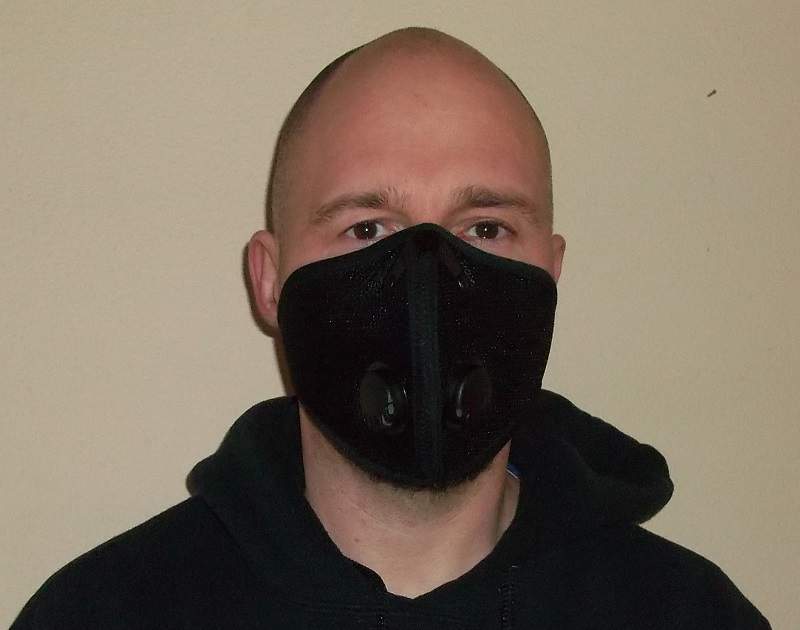
Don’t I look handsome? Well, maybe not so much. 🙂 And apart from possibly scaring a few folks during my morning runs lately, the RZ Mask is becoming an addition to my winter jogging attire.
What is an RZ Mask?
Think of it like a mesh between a skiing face mask and an N-95 mask with one-way valve. According to the manufacturer:
“The RZ Mask is a premium breathing protection mask, designed to be comfortable, but extremely effective… The RZ Mask provides to pof the line lung protection when you’re at risk [during an emergency].”
There are actually two types of RZ Masks: the M1 mask which is recommended for colder climates because it’s made from neoprene and is intended to help keep your face warmer whereas the M2 mask is meant for warmer climates due to being made of a mesh material.
I should point out two additional points of note: first, there are quite a few different designs of the RZ mask so definitely take a look on Amazon and find one that suits your inner child and, second, there are two sizes (regular and extra large) and there is definitely a difference between how the two sizes fit; if you’re a larger person then go with the extra large mask.
The M1 mask (see first image below) I received was the extra large version and, since I’m a smaller individual, it didn’t fit me well. The regular sized M2 mask (see second image below) I received did fit well. As such, definitely pay attention to the size you’re purchasing.
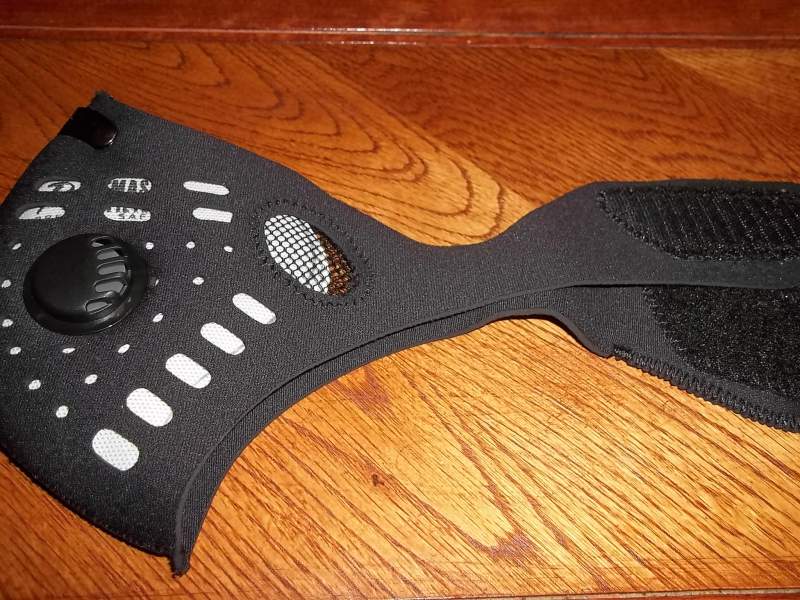
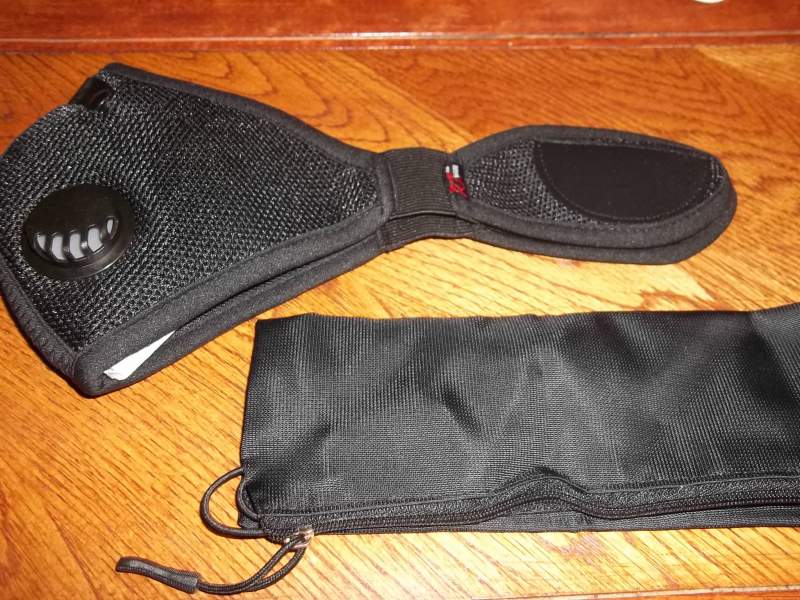
Differences Between the M1 and M2 Masks
The major difference between the M1 (neoprene) and the M2 (mesh) is the material they’re made out of. Like I said above, the M1 is for colder weather and the M2 is for warmer climates. Personally, I was wearing the M2 in near freezing weather and was perfectly happy with it keeping my face warm.
Obviously, from the images above there’s a difference in the designs too with the M1 being a bit “fancier” in my humble opinion. The M1 also includes a small pocket in one of the straps which is supposedly intended for a small MP3 player but, honestly, I don’t see anything people use (like smartphones) fitting there. The M2 doesn’t have a pocket which was just fine.
There’s also one other major difference: the smells. The M1 (neoprene) had a very distinctive chemical smell when I put it one. The smell was obnoxious enough that I decided to wash it which helped a bit but I can say that it probably needs another few washes and uses–maybe tossed in the dirt a few times–before it will go away. The M2, on the other hand, didn’t have any offending smell.
About the Filters
First, let’s get the basics out of the way.
The RZ mask is unique BECAUSE it meshes a ski face mask with a filter containing two layers: an outer particulate layer that traps particles down to 0.1 microns in size–small enough to trap bacteria–and an inner active carbon filter which helps remove odors and organic chemicals with an overall effectiveness of 99.9% (for the standard masks I explain below) which is about equivalent to an N-100 mask.
Here’s what it looks like as if you were about to put it on your face (the filter is the white part):
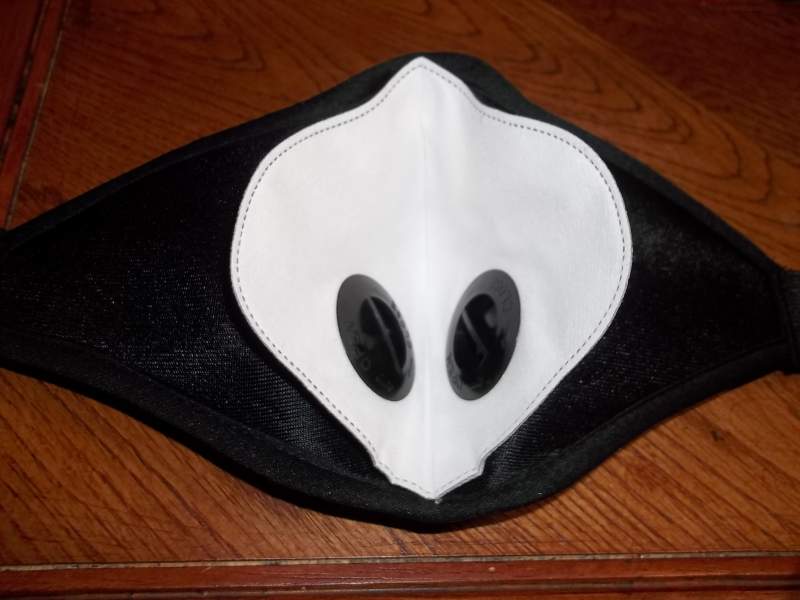
This is a good time to point out that the filters are not NIOSH or OSHA approved.
Besides that, there are apparently three different types of filters. I won’t get into all the details too much here but there’s the regular filters (F1 filters) I received with my masks and are intended for low intensity use but high particulates and odors.
There are also two other types of filters, one for high intensity (F2 filters) but not for high particulates and odors, the other for high intensity AND for high particulates and odors (the F3 filter). It seems you can readily purchase replacement standard filters on Amazon (like the filters that came with my masks) but not the other two filter types; you’ll have to visit RzMasks.com to buy them.
In my opinion, the standard filters seem good enough–if not the best option–for not only emergency use but even fairly active use too. But, if you want to be as prepared as possible, you may want to purchase the F3 masks which are the high intensity and high particular filters. Strangely enough, the F3 masks are actually rated at 97% effective whereas the standard F1 masks are rated at 99.9% effective… go figure.
With me so far?
Hopefully.
RZ Mask Care and Use
The only real maintenance is changing the filters. The have varying recommendations, from ten hours for heavy use to upwards of 60 hours. That’s a good amount of time if you’re using it for a survival bug out, for example.
Changing the filter is fairly straightforward. Unscrew the two retainers that hold the filter in place:
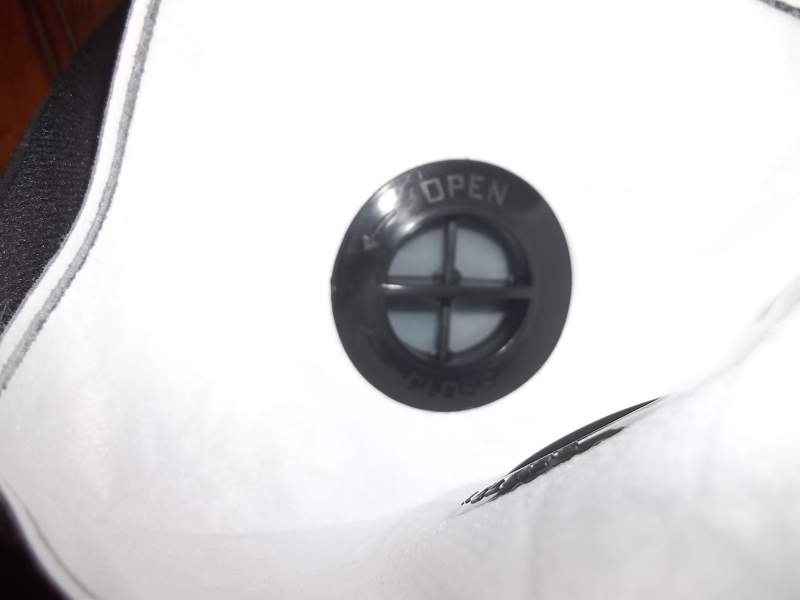
…and swap out the filter. Just be sure not to lose the little, semi-translucent rubber washer:
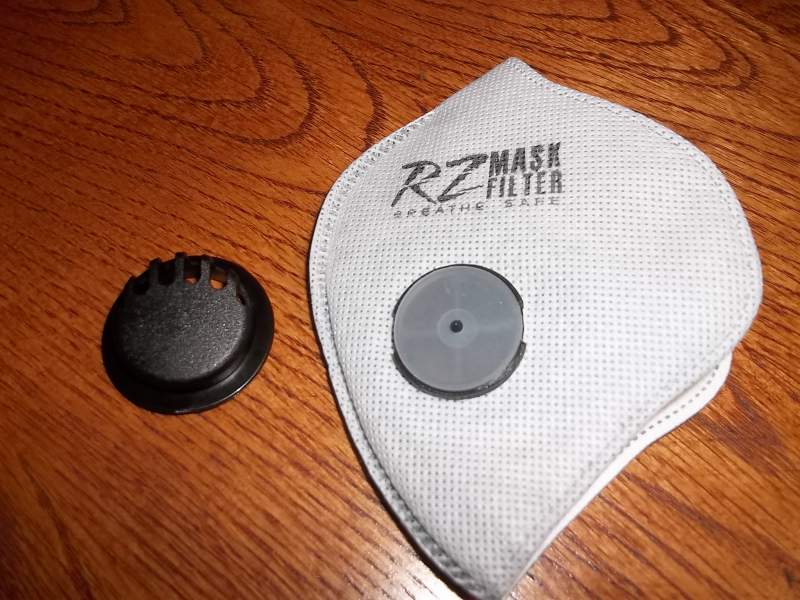
I can say that I had no trouble at all changing the filter out on the mesh M2 mask but had difficulty with one of the two retainers on the M1 mask. Regardless, changing the filter isn’t something to do on the fly and will likely take a good minute to do properly.
What about comfort?
This is where the RZ mask will outperform any N-95 or N-100 mask.
Wearing the mask is really like wearing a skiing face mask. It’s rather comfortable to wear for a good length of time (I use mine jogging), stays put (meaning it doesn’t ride up my nose or fall down my face), and perhaps most important: I can breathe well with it. Now’s a good time to point out that I did have some leakage with the mask but ONLY because of my facial hair which, by the way, you’ll get with ANY mask.
Anyway, for anybody who has ever tried to wear a face mask without an exhalation valve, you know what I’m talking about. In my opinion, an exhale valve is critical to any survival breathing mask… this one has two. Which, by the way, made it easy for me to do some heavy breathing while jogging and is exactly the type of breathing YOU might do if you’re hoofing it during a bug out.
I can also say that the mask felt very secure. Compared to a common N-95 mask–which I always fear will break one of the two bands–there is no comparison; the RZ mask is hands-down very secure assuming, of course, that you chose the right size.
Overall, I’m pleased with the mesh (M2) mask and actually prefer it to the *better* M1 neoprene mask. That said, if the smell from the M1 goes away then it would probably end up being the better option because it should protect from cold the best but, like I noted above, I felt the mesh mask worked just fine for down to freezing… below that I can’t say.
All in all, for the price (and including the extra filters) the RZ mask seems to be a fairly good deal if you’re looking for a mask that is both an effective filter and can protect your face from cold and whatnot. Of course, you could attempt to makeshift your own with a ski mask and filter, but why do something halfway when it’s already been done for you.
Leave a Reply